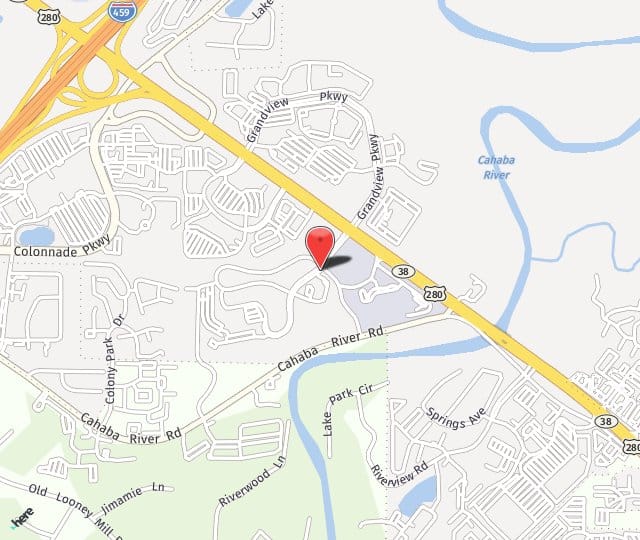
So you better understand what happens, it helps to understand the basic electrical system in the human heart.
Normal heart
Our hearts are amazing little machines, beating 24 hours a day, every day for our entire life. The normal heart is made up of two atria on the top, the right atrium and the left atrium; and two ventricles on the bottom, the right ventricle and left ventricle. The ventricles provide the main power for pumping the blood.
The four chambers are connected by valves that allow blood to move forward and prevent it from flowing backwards. Coronary arteries, or blood vessels, deliver a constant, nourishing supply of blood to the heart muscle itself.
Electrical system
The pumping of the heart, our heartbeat, is directed by an electrical system. This system is responsible for making and conducting signals that trigger the heart to beat. These signals cause the heart’s muscle to contract. With each contraction, blood is pumped throughout the body. The process begins in the upper chambers, the atria, which pump blood into the ventricles. The ventricles then pump the blood out to the body and the lungs. This orchestrated beating occurs because of the heart’s electrical system that sends signals to the different chambers telling them when to contract.
The key to normal heart rhythm is located in the right atrium. It acts like a spark plug that fires in a regular, rhythmic pattern to regulate the heart’s rhythm. This key/spark plug is called the sinoatrial (SA), or sinus node. It sends signals to the rest of the heart so the muscles will contract.
This is the normal order of your heartbeat. First, the right atrium contracts. Then the electrical signal from the SA spreads through the atria. Next, the signal travels to the area that connects the atria with the ventricles, the atrioventricular node (AV node). This electrical connection is critical. Without it, the signal would never reach the ventricles, the major pumping chambers of the heart.
As the signal continues and crosses down to the ventricles, it passes through another bundle of special electrical tissue called the Bundle of His. The Bundle then divides into thin, wire-like structures called the right and left bundle branches. These extend into the right and left ventricles. The electrical signal next travels down the bundle branches to thin electrical fibers. The final step in the sequence is for these thin fibers to send the signal to the muscles of the ventricles, causing them to contract and pump blood into the arteries.
In a normal heartbeat, this order occurs flawlessly, usually creating a heartbeat about once every second when the person is at rest.
When the electrical signals get out of whack, that’s where Dr. Smith comes in. He is an expert when it comes to getting a heart with abnormal rhythm back in proper sequence. Call him at (205) 510-5000 to make an appointment.

